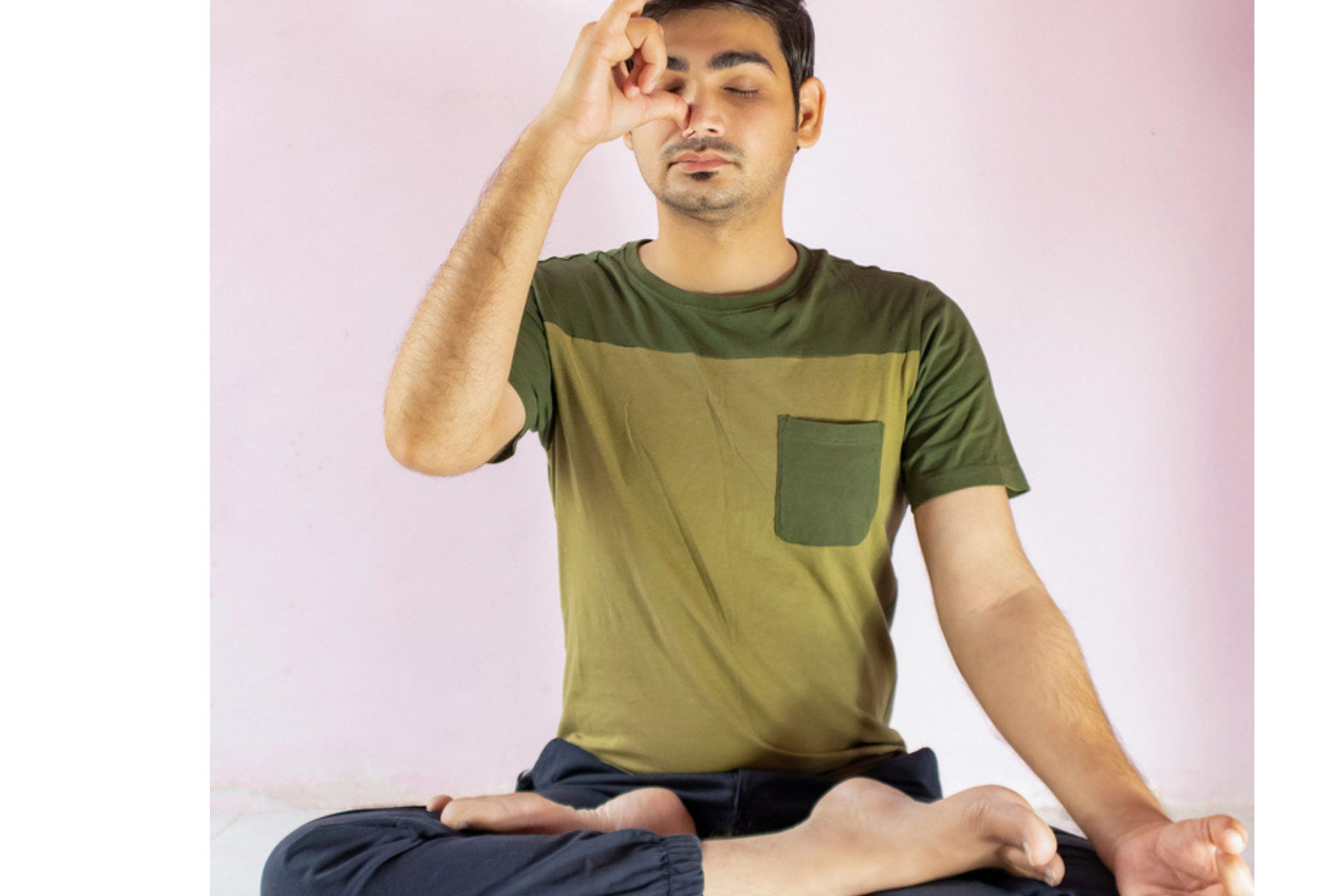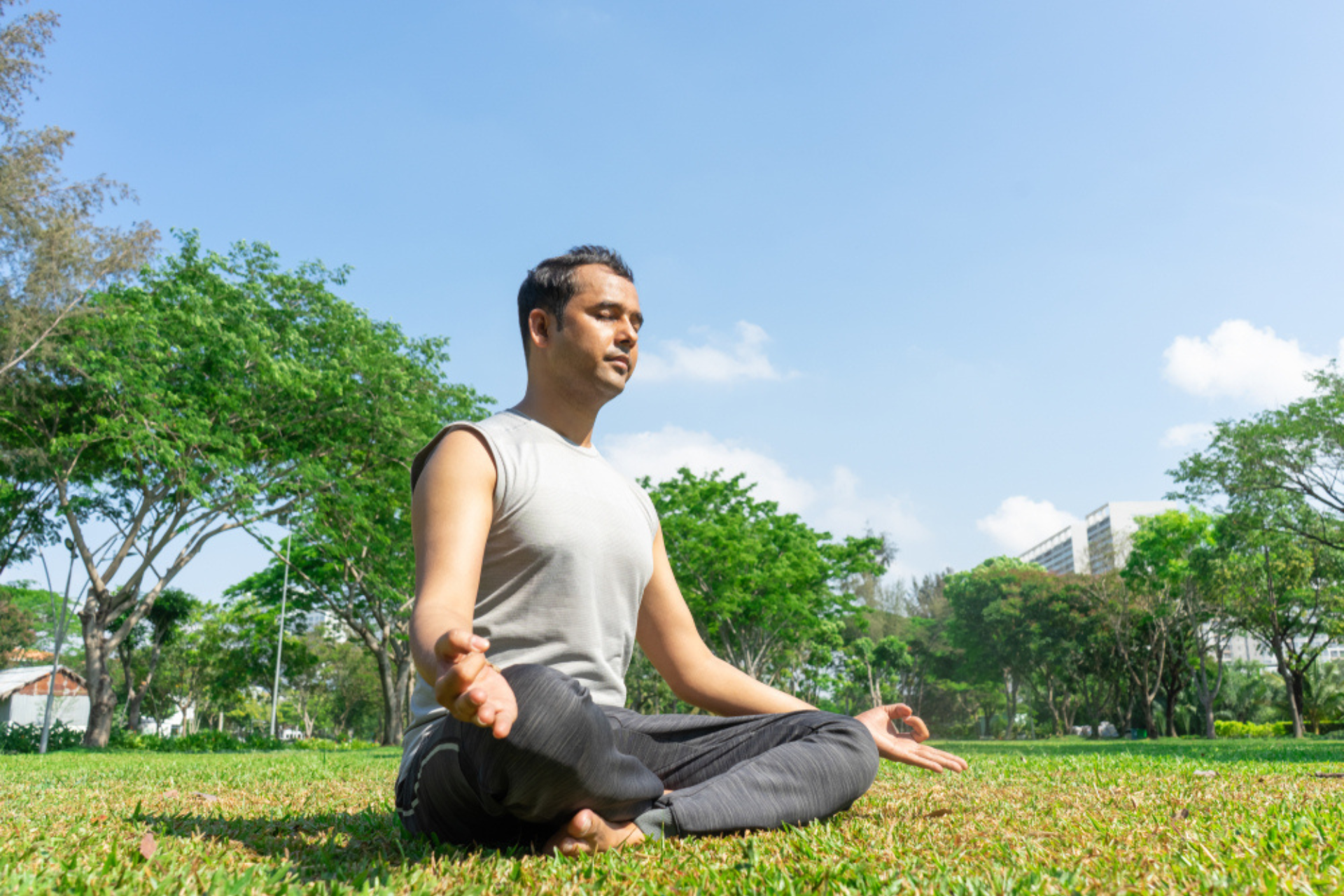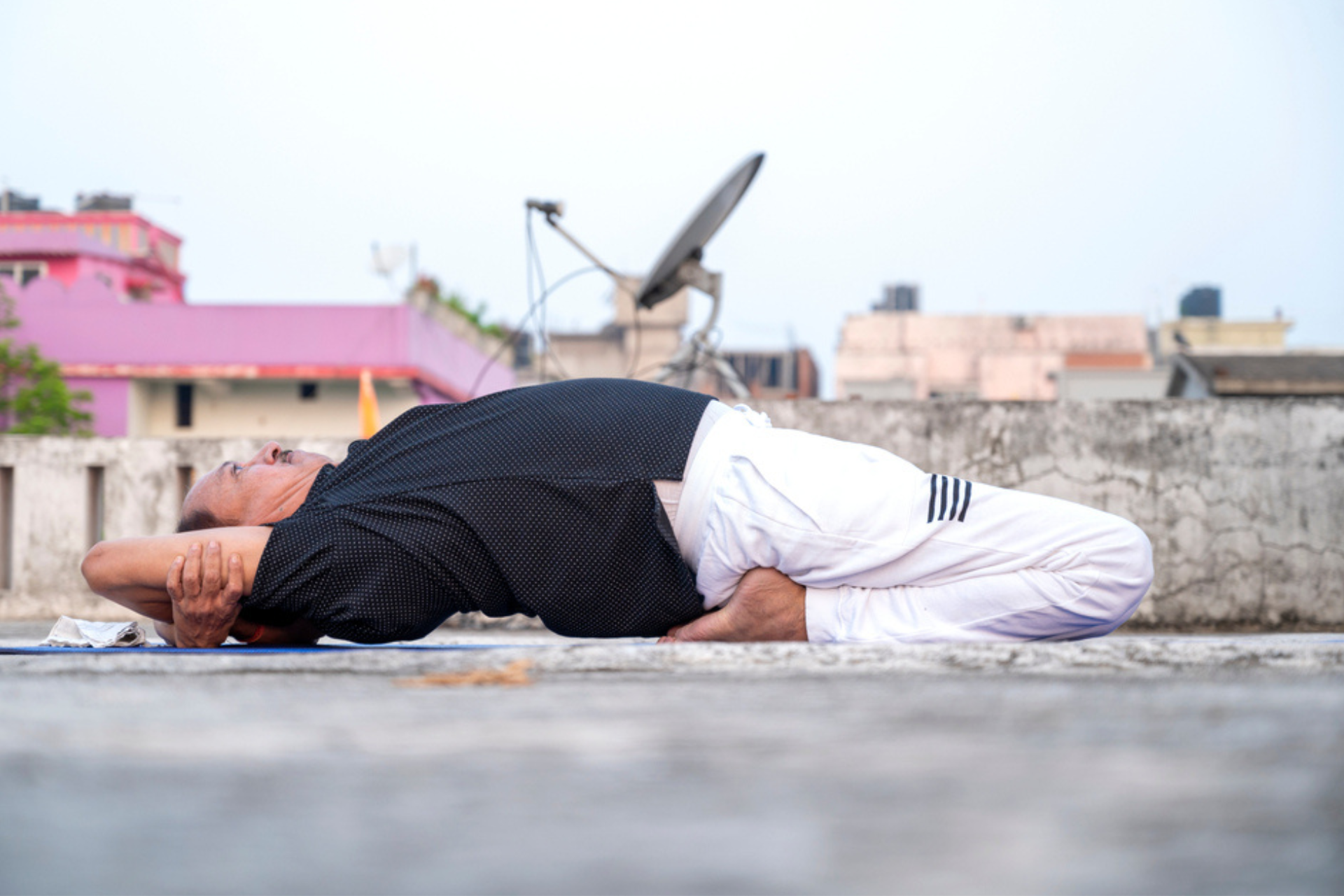Yoga
need any help ? call us now
Yoga
A yoga program is a therapeutic approach that integrates yoga practices—such as postures (asanas), breathing exercises (pranayama), and meditation—into the rehabilitation process. This program is often designed to help individuals recover physically, emotionally, and mentally from various conditions.



IMPORTANCE OF YOGA
The importance of yoga lies in its ability to promote holistic well-being by integrating the body, mind, and spirit. Whether practiced for physical health, mental clarity, emotional stability, or spiritual growth, yoga offers numerous benefits that enhance overall quality of life.
treatment system
Yoga is important because it offers a comprehensive approach to health, addressing both physical and mental needs. It helps improve physical fitness, mental clarity, emotional balance, and spiritual growth, making it a powerful tool for enhancing the overall quality of life. Whether you’re seeking stress relief, pain management, or a deeper connection to yourself, yoga can support your journey toward a healthier, more mindful, and balanced life.
Benefits of Yoga:
- Physical Health: Increases flexibility, strength, and balance; improves cardiovascular health; reduces back pain and other chronic conditions.
- Mental Health: Reduces stress, anxiety, and depression; enhances mental clarity and focus; promotes emotional stability.
- Mind-Body Connection: Encourages mindfulness and awareness of the body, fostering a deeper connection between physical and mental states.
- Spiritual Growth: For many, yoga is a path toward spiritual growth, self-awareness, and inner peace.
Types of Yoga:
- Hatha: A gentle introduction that focuses on basic postures and breath control.
- Vinyasa : A dynamic, flow-based style where movements are linked to breath, often creating a continuous sequence.
- Ashtanga: A vigorous, structured form with a set series of postures performed in a specific sequence.
- Iyengar : Emphasizes precise alignment in postures, often using props (like blocks and straps) to assist with alignment.
- Bikram: A series of 26 postures practiced in a heated room to promote flexibility and detoxification.
- Kundalini: Focuses on awakening energy through specific exercises, chanting, and meditation to promote spiritual awakening.
- Restorative: Uses props to support the body in restful poses, encouraging deep relaxation and stress relief.
In conclusion, incorporating yoga in a rehab center offers a transformative approach to recovery by nurturing both the body and mind. Yoga’s physical postures, breathing techniques, and mindfulness practices provide individuals with the tools to manage stress, release emotional trauma, and rebuild strength and flexibility. This holistic approach enhances traditional rehab methods, promoting not only physical healing but also emotional and mental well-being. By integrating yoga into the recovery process, individuals gain a deeper connection to their own healing journey, fostering long-term resilience and a sense of peace that supports sustained recovery.
